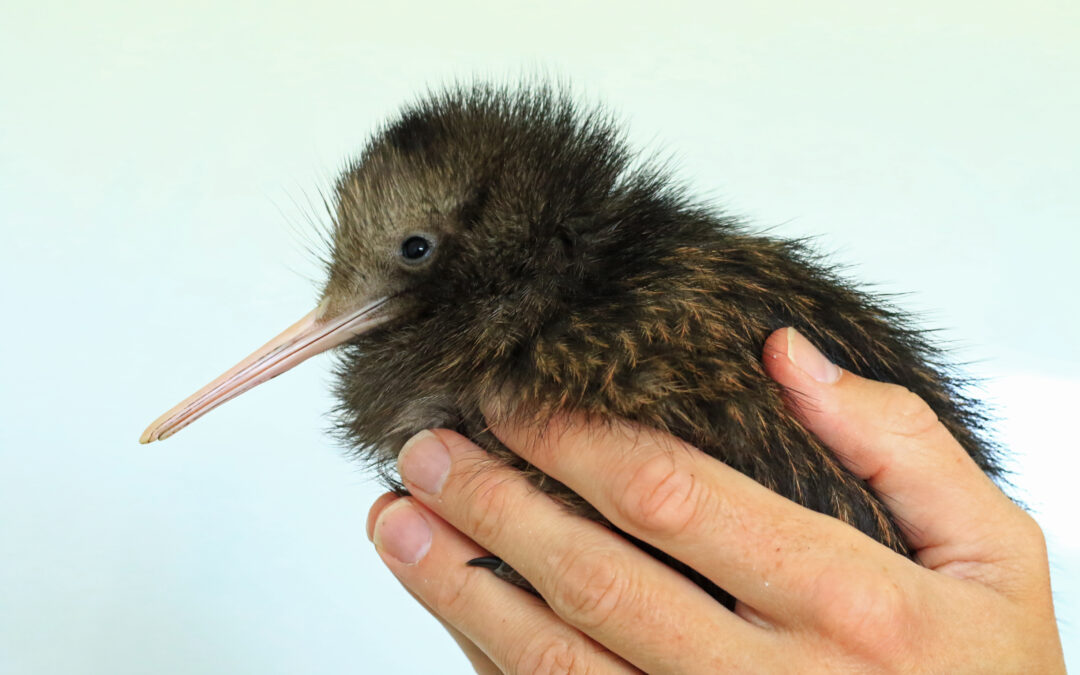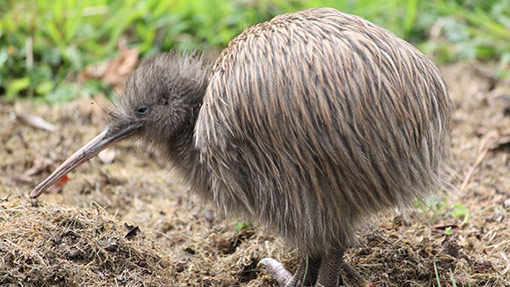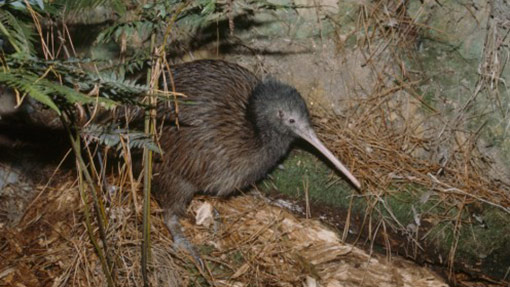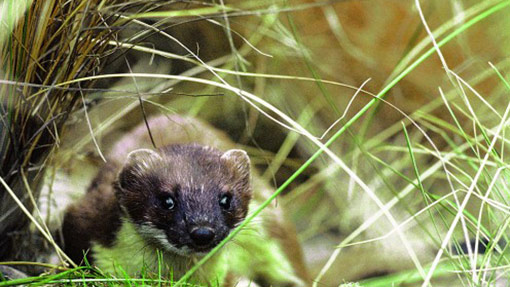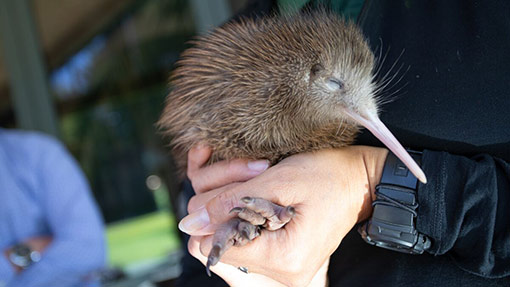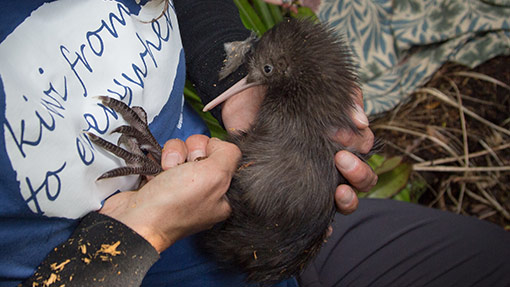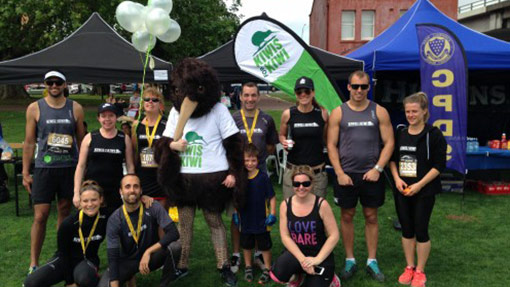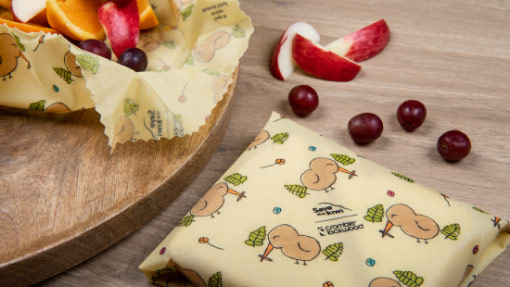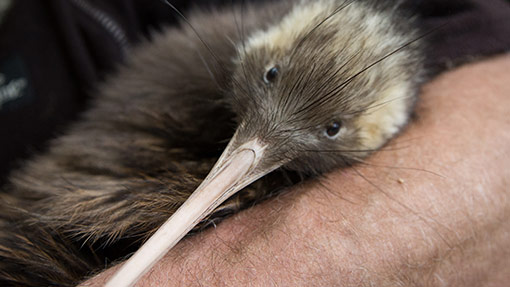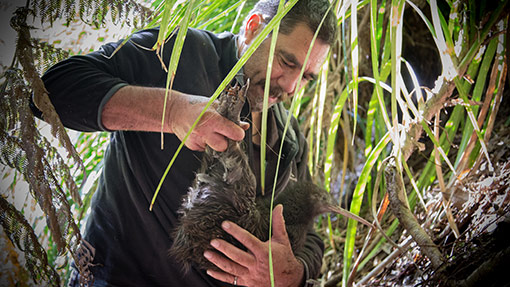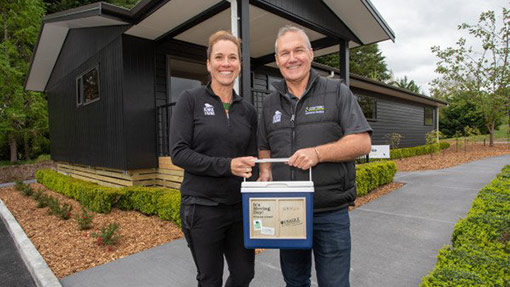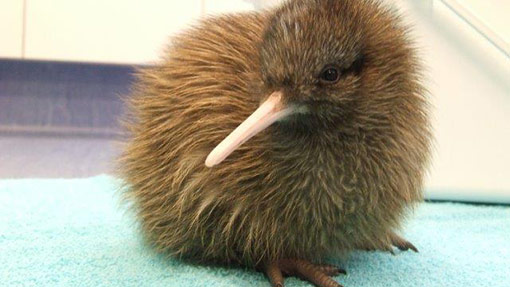Today the Department of Conservation Te Papa Atawhai announced that the North Island brown kiwi is no longer threatened, and kiwi conservation groups all over Aotearoa are celebrating.
A five-yearly assessment of the conservation status of birds in New Zealand reveals that the North Island brown kiwi has been reclassified from ‘At Risk – Declining’ to ‘Not Threatened’. Classifications are based on an estimated number of mature birds, the area occupied, and the predicted change in the population over three generations or 10 years, whichever comes first.
Save the Kiwi executive director Michelle Impey says this result is a ringing endorsement of the work carried out by passionate whānau-, hapū-, iwi-, and community-led kiwi conservation groups all over New Zealand.
“Today’s announcement is momentous for kiwi conservation,” says Ms Impey. “It proves that the work that groups on the ground have done so tirelessly over the last five, 10, even 20+ years to protect kiwi in their backyards has been fruitful – and it works.
“Today these groups should feel proud that their mahi has contributed to the increase in kiwi in the North Island.”
Department of Conservation kiwi scientist and report lead Hugh Robertson says it’s a major milestone for a taonga species to move from a threatened category to ‘Not Threatened’.
“This is a significant shift, particularly for a taonga species like the kiwi,” says Dr Robertson. “10 years ago, the North Island brown kiwi was classified as ‘Threatened – Nationally Vulnerable’. This remarkable shift from ‘Threatened’ to ‘Not Threatened’ reflects the intensive conservation efforts that have turned the tide for this species.
“It proves that with a lot of well-directed effort and support, dollars spent on conservation can have really positive results.”
Things are looking up for other species of kiwi too. The three rarest taxa – Haast tokoeka, rowi, and kiwi pukupuku/little spotted kiwi – are all increasing.
“For the first time since assessments began in 2000, no species of kiwi is listed as being critically threatened which is amazing,” says Robertson.
But he says it’s not all good news.
“While the North Island brown kiwi is classified as ‘Not Threatened’, there are still only 25,000 to 30,000 adults in the wild which is less than 3% of the population that existed when humans first reached Aotearoa New Zealand. Is that acceptable?
“The brown kiwi still remains very much ‘conservation dependent’. Programmes like Operation Nest Egg and Save the Kiwi’s Kōhanga Strategy combined with intensive predator management and responsible dog ownership are essential for the ongoing survival of kiwi.”
Impey says that while overall the North Island brown kiwi population is increasing, some regions are not seeing the same results.
“For example, the brown kiwi is still declining in the eastern North Island, despite good gains to local populations made by projects like Forest Lifeforce Restoration Trust, Cape Sanctuary, and near Whakatane, with support from facilities like the National Kiwi Hatchery. In Northland, where there is strong growth along the east coast, more work needs to be done to ensure that brown kiwi can survive and flourish in the west too.”
Impey says that while today’s report shows that kiwi conservation is trending the right way, there’s still a long way to go.
“Our long-term goal is to increase every species of kiwi annually by at least 2%. We haven’t hit that mark yet, and even a 2% increase is only a tiny dent on the millions of kiwi that used to roam our forests. Kiwi used to be a common feature in people’s lives; today most people only see them behind glass – if they’re lucky.
“We are encouraged by this reclassification, but it doesn’t change the mahi on the ground. We can’t afford to take our foot off the accelerator otherwise kiwi numbers will plummet in response. Facilities and kiwi conversation groups will build on this momentum to grow even more kiwi and return them to areas where they have disappeared and continue to support efforts to provide safe habitat.”
Impey says ensuring the kiwi continues to thrive is a cause that every New Zealander should get behind.
“Save the Kiwi and local kiwi conservation groups still need support, more habitat needs to become predator managed, and dog owners still need to be responsible when taking their dog into the great outdoors.
“Our challenge now as a country is to work together and do everything we can to ensure that brown kiwi don’t go backwards, and other species of kiwi begin to thrive too.”
